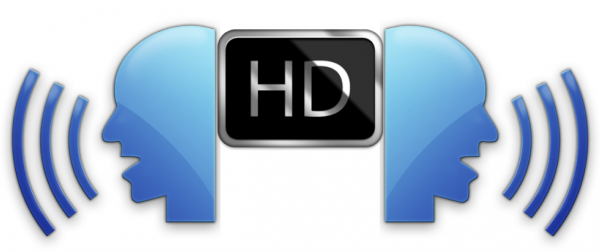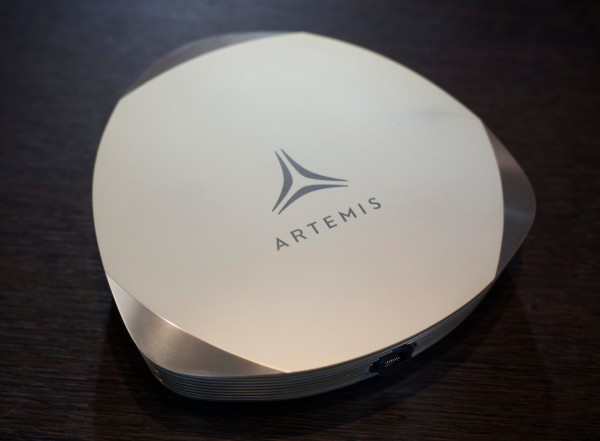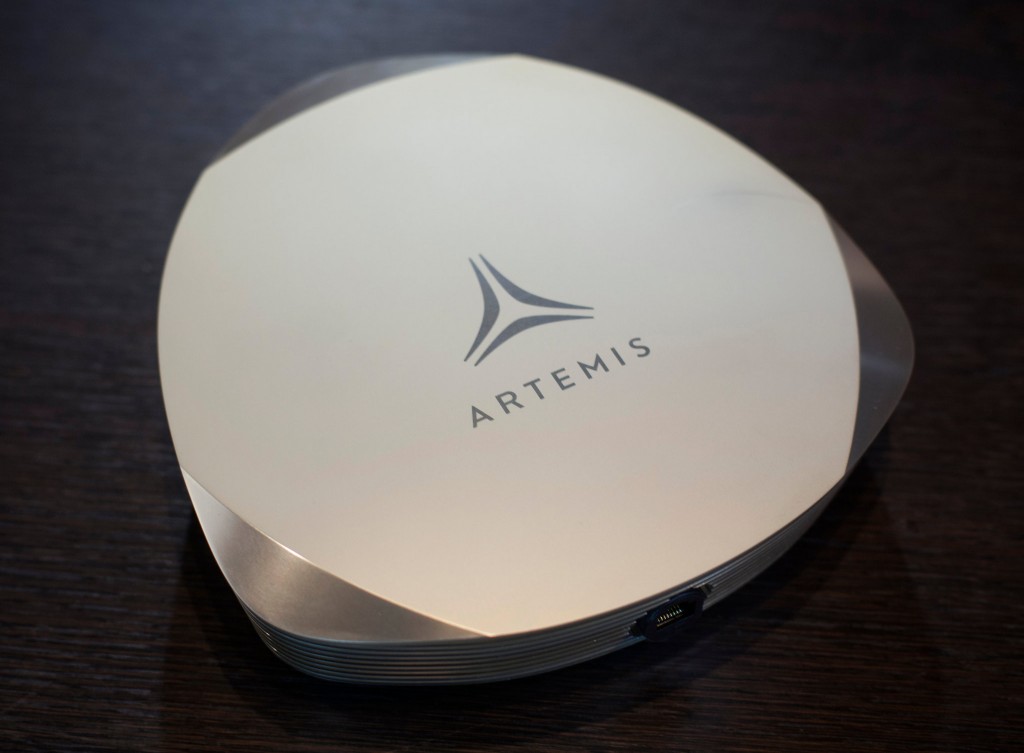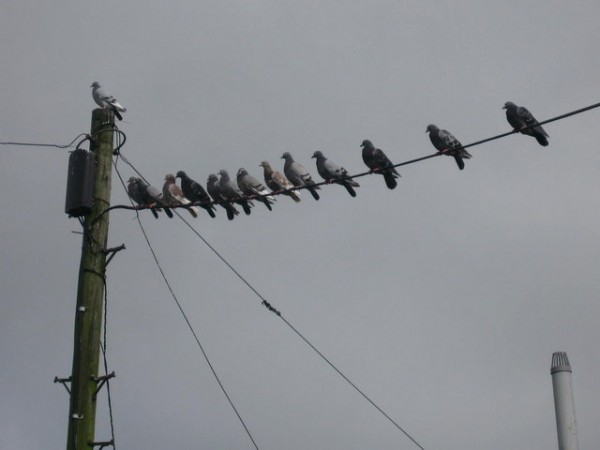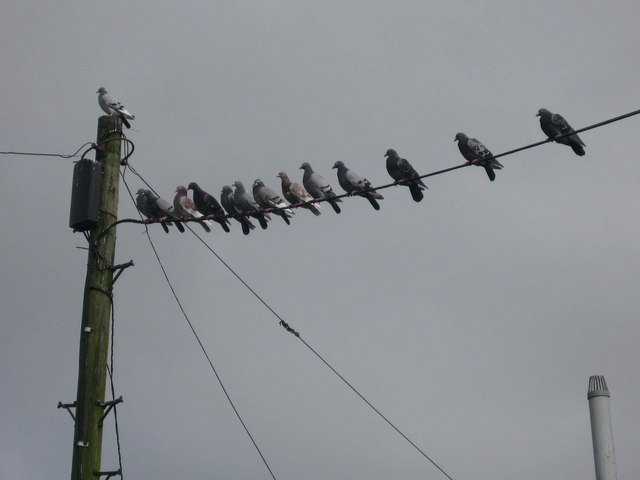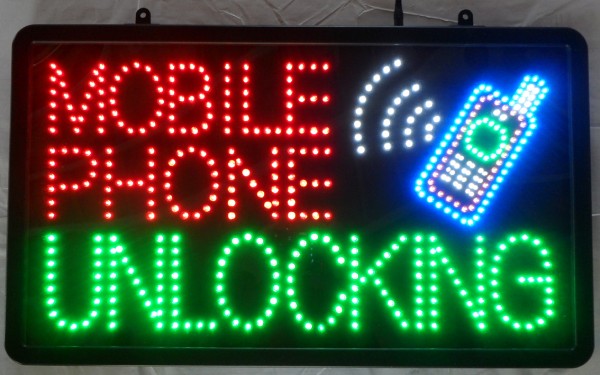
In a perfect world, all technologies would co-operate, but unfortunately that’s not the case in mobile technology, often for artificial reasons.
T-Mobile has been getting all of the “uncarrier” branded attention lately, but not all other carriers are as old hat as T-Mobile CEO, John Legere, would have you believe. While T-Mobile has done away with service contracts and simplified plans, their financed devices still come carrier locked, while their next closes competitor, Sprint, has just announced that all Sprint phones will be ship unlocked for all US carriers next year.
This won’t be the first time Sprint phones will be able to be used on other American carrier’s, though. A handful of current devices can already be used on other carrier’s, provided the right radios are supported. What is significant about this move is that it is a sweeping commitment that doesn’t just cover Sprint branded devices, but other devices from Sprint’s prepaid brands, Boost and Virgin Mobile.
This may be a more standard position taken by other carriers in the US, considering the CTIA consumer code takes a strong stance on device unlocking, but it’s still significant that Sprint is publicly leading the charge, taking the opportunity to mark themselves as an industry leader.
Sprint’s network has been in a state of disrepair for years, so giving people the ability to change carrier’s with greater ease is a bold statement of confidence in their network improvements. There’s still a significant amount of work to be done, but Sprint’s rollout of LTE has been impressive in many areas of the country, due largely to the influx of capital from their acquisition by Japan’s Softbank.
Not all phones will run equally on all carrier’s though. For example, Sprint’s version of the HTC One M8 only supports LTE bands 25, 26, and 41, which are used exclusively by Sprint in the US, so while you might be able to place calls and use 3G when using an unlocked Sprint HTC One M8 on other US carriers, it won’t support LTE, which is a bit of a downer for an otherwise screaming fast phone.
The Nexus 5 was supported by Sprint, though, and that single device supported almost any global frequency or LTE band you could want, so it’s possible as more carriers get on the unlocking bandwagon that we’ll see more and more ubiquitously supported devices. Either way, this is a good step forward not just for Sprint, but for all US carriers.
Source: Engadget
Be social! Follow Walyou on Facebook and Twitter
Read more on Walyou, The Next Nexus Tablet Could be a Product of HTC, Project Ara Aims to Create Entirely New Mobile Industry

